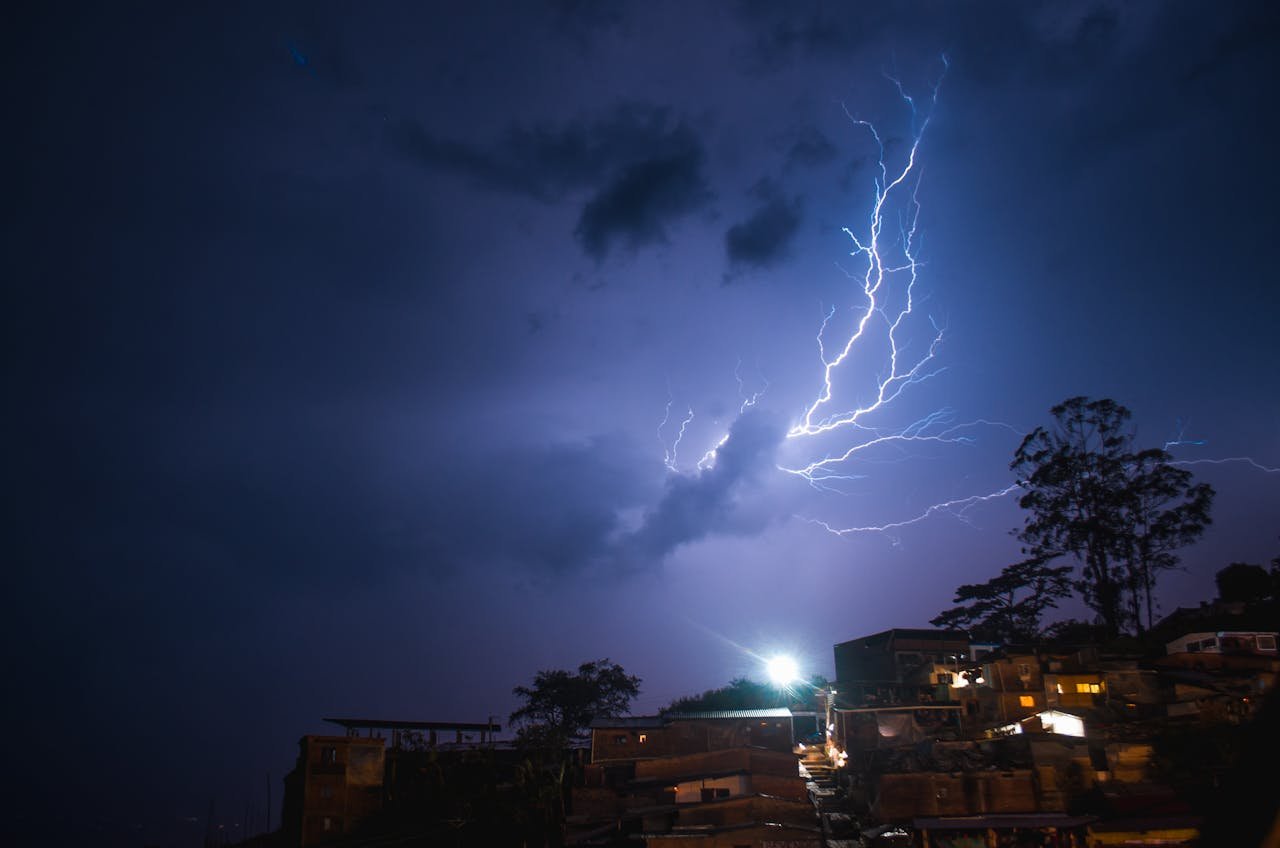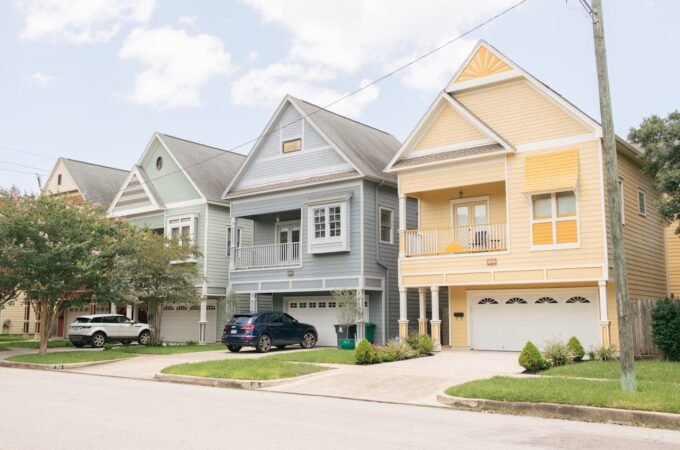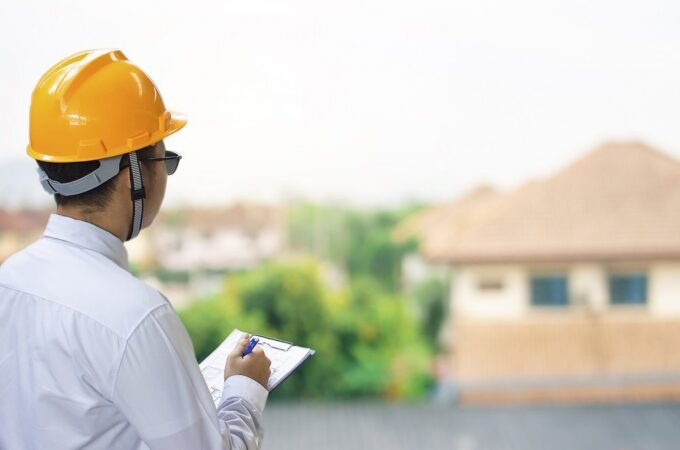
A Homeowner’s Guide to Protecting Your Property from the Elements
In order to preserve the value of your property and guarantee the safety of its occupants, you must protect it from the elements. Wind, rain, snow, and extremely high or low temperatures are examples of natural forces that might seriously harm your house. This book includes important tips for protecting your property from these environmental conditions.
Table of Contents
ToggleRoof Maintenance
The first barrier protecting your house from the weather is the roof. Examine the roof for any missing or broken shingles and fix any leaks right once to stop water damage. Maintaining clean gutters and downspouts will guarantee appropriate drainage and keep water from building up on the roof. If you want an extra defense against water intrusion, think about using a roof sealant. Your house may last much longer and be shielded from bad weather by having a well-maintained roof. Enhancing the lifespan of your roof may also be accomplished by pruning overhanging branches and clearing debris from the roof’s surface. Regular maintenance on your roof not only makes your home more resilient, but it also lowers the likelihood of future expensive repairs or premature replacement.
Siding and Exterior Walls
Rain and wind are kept out of your house by the external walls and siding. Examine these surfaces for any damage, such as holes or cracks, that can let water in. To stop decay, paint or seal wooden siding on a regular basis. Examine the mortar on brick or stone exteriors for damage and make any necessary repairs. It’s important to check vinyl siding for loosening or warping. Maintaining the outside surfaces of your house properly will keep moisture out and stop it from creating mold, mildew, and structural damage. To further prevent moisture intrusion into your home’s siding and external walls, think about investing in waterproofing treatments or sealants in addition to routine inspections. Preventive maintenance and timely problem-solving will protect the external integrity of your house and enhance its overall value.
Foundation Protection
The foundation supports your entire house, so keeping it safe is crucial. Make sure the area surrounding your house is graded properly to divert water away from the foundation. Install downspout extensions to reduce water buildup near the foundation. Look for any gaps in the foundation and caulk them to stop water from seeping in. To control groundwater in the basement, think about installing a sump pump. By shielding your foundation from dampness, you may avoid expensive repairs and structural damage. Keeping up with appropriate drainage systems, such as French drains or external waterproofing, may also help protect your foundation from soil erosion and water damage. Preventative interventions and routine foundation monitoring can assist in maintaining the structural integrity of your property and offer long-term stability against future water-related problems.
Landscaping Considerations
When it comes to shielding your home from the weather, landscaping is essential. Plant trees and shrubs in areas that will give shade and windbreaks, but keep them away from the home to avoid damaging the roots. To stop erosion and hold onto soil moisture in vegetable beds, use mulch. Make appropriate drainage channels to keep water out of your house. Carefully planned landscaping may improve the longevity of your home by lessening the effects of wind and flood. Additionally, using native plants in your landscaping may support resistance to local weather conditions and biodiversity. In addition to ensuring the health and beauty of your landscape, routine care like pruning and weeding will also help to safeguard and extend the life of your property.
Gutter and Drainage Systems
Maintaining the functionality of your gutter and drainage systems is crucial to preventing water damage to your home. By keeping your gutters clear regularly, you may avoid obstructions that can cause overflow and consequent damage to your foundation, walls, and roof. Also, to avoid water seeping and collecting into the crawl space or basement, make sure that downspouts are diverting water at least three feet away from the foundation.
The construction of a French drain system can assist control of water flow and minimize possible flooding problems in locations with an abundance of groundwater or inadequate drainage. By working together with a trustworthy gutter company, you can simplify the installation and maintenance procedures and make sure that your drainage and gutter systems are in the best possible shape to safeguard your house.
Conclusion
To keep your property watertight, you must perform regular maintenance and make wise renovations. By maintaining the integrity of your gutter systems, siding, windows, foundation, landscaping, and roof, you may shield your home from weather-related damage. Your home will be a safe and secure environment for many years to come if you put time and money into these areas.






